There are 2 types of Cadet Training:
Local Squadron Training is conducted at Air Cadet Squadrons in communities across Canada from September through June - mirroring the normal academic school year.
Summer Training takes place in July and August at Cadet Summer Training Centres across Canada and at destinations around the world. For more information on the Summer Training opportunities, follow the menu to Training --> Summer.
Training - Local
The Cadet training program is defined nationally by the Directorate of Cadets in Ottawa. The program is broken down into 5 years of training. Each year the subjects are studied in greater detail and pose challenges to the Cadets.
Cadets in the higher levels put their knowledge and skills to practice by taking on instructional and leadership roles.
The core training is conducted on a weekly training night. Additional training and optional activities are conducted on other evenings and weekends.
PERFORMANCE OBJECTIVES: The subjects taught are called 'Performance Objectives' or PO for short.
Here is a summary of the POs taught during the training years at the Squadron:
 Level 1: These are the subjects that Cadets will learn in Level 1. Level 1: These are the subjects that Cadets will learn in Level 1.
 Level 2: These are the subjects that Cadets will learn in Level 2. Level 2: These are the subjects that Cadets will learn in Level 2.
 Level 3: These are the subjects that Cadets will learn in Level 3. Level 3: These are the subjects that Cadets will learn in Level 3.
 Level 4: These are the subjects that Cadets will learn in Level 4. Level 4: These are the subjects that Cadets will learn in Level 4.
 Level 5: These are the subjects that Cadets will learn Level 5. Level 5: These are the subjects that Cadets will learn Level 5.
TRAINING MANUALS:
The current Cadet training program (listed above) does not require any training manuals. The previous Cadet training program had a Handbook for each Level. While no longer in effect, these Handbooks still contain a great deal of valuable information.
 The old Level 1 Handbook (8 MB). The old Level 1 Handbook (8 MB).
 The old Level 2 Handbook (5.7 MB). The old Level 2 Handbook (5.7 MB).
 The old Level 3 Handbook (10.2 MB). The old Level 3 Handbook (10.2 MB).
 The old Level 4 Handbook (3.4 MB). The old Level 4 Handbook (3.4 MB).
 The old Level 5 Handbook (.3 MB). The old Level 5 Handbook (.3 MB).
EFFECTIVE SPEAKING:
Along with leadership and instructional techniques, one of the most important skills Cadets learn is to be able to communicate
verbally in a concise manner. The Effective Speaking competition series helps Cadets to hone their mental agility
and verbal communication skills.
The Air Cadet League of Canada sets the National framework
for the competition.
A multi-level competition series, each year the Effective Speaking competition begins at the local Squadron, proceeds onto the Area level, then
Provincially and finally the National competition.
Every year Cadets choose from a series of topics. These, along with all of the details of the governance of the competition
series can be found on the Air Cadet League of Canada website.
FITNESS ASSESSMENT:
MARKSMANSHIP:
The Cadet training program includes marksmanship. Cadets learn range safety and are taught basic marksmanship on the Daisy 853C air
rifle. These are not BB guns, but are very accurate competition grade air rifles that fire .177 calibre pellets.
 |
| Daisy 853c Air Rifle |
There are three shooting positions used in Cadet Marksmanship:
a. Prone,
b. Standing and
c. Kneeling.
The majority of marksmanship activity, for familiarization and qualification badges, is done in the prone position. The competition series also
include the standing position.
Cadets who are interested in marksmanship can try out for the Marksmanship Team that competes in competitions. The Canadian
Cadet Movement's Marksmanship
Championship Series (2018 edition) document details the rules governing the 4 stages of the competition series.
The document is updated periodically. Between updates, any changes to the rules on an annual basis are released as
Amendments
before the competition.
Examples of the Prone and Standing position in competitions are:
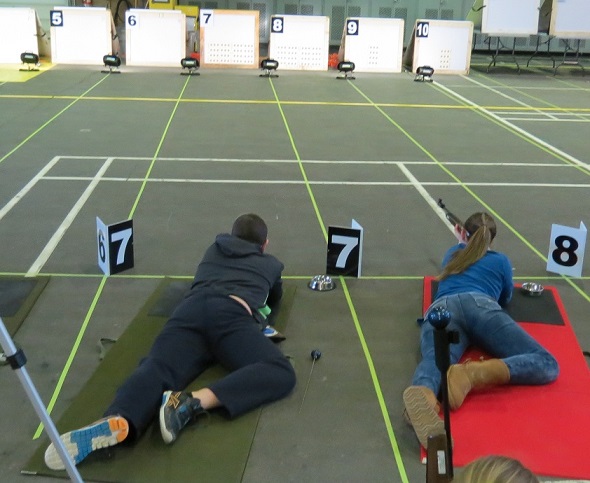 |
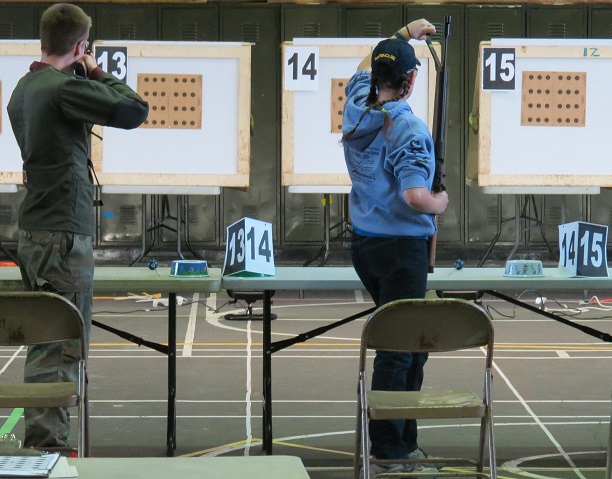 |
| Prone Position |
Standing Position |

Training - Local: Details for 85 Sqn
 SQUADRON STANDING ORDERS: SQUADRON STANDING ORDERS:
 The Squadron Standing Orders is a document detailing the basic
operations of the Squadron. Updated for fall 2020, this document is
available to download. The Squadron Standing Orders is a document detailing the basic
operations of the Squadron. Updated for fall 2020, this document is
available to download.
 TRAINING SCHEDULE: TRAINING SCHEDULE:
 The full Training Schedule for 2015-2016 is
available to download. The full Training Schedule for 2015-2016 is
available to download.
 TRAINING LOCATION AND TIMINGS: TRAINING LOCATION AND TIMINGS:
 The Sqn conducts weekly training at the Grand Valley
Public School at 120 Main Street North in Grand Valley, Ontario. The weekly training is conducted from September
through June on Tuesday evenings from 1830hrs (6:30pm) through 2130hrs (9:30pm). The evening schedule is as follows: The Sqn conducts weekly training at the Grand Valley
Public School at 120 Main Street North in Grand Valley, Ontario. The weekly training is conducted from September
through June on Tuesday evenings from 1830hrs (6:30pm) through 2130hrs (9:30pm). The evening schedule is as follows:
1830-1840 Fall-in, Attendance and Inspection
1840-1845 Opening & Announcements (Parents please come to listen to announcements)
1845-1850 Dismiss to class
1850-1920 First Period
1920-1950 Second Period
1950-2020 Break (Canteen)
2020-2050 Third Period
2100 Closing parade
2130 Dismissal
 Tuesday Training is considered 'mandatory'. Attendance
at "mandatory events" is just that - mandatory. If you cannot attend call the Sqn to be excused. Tuesday Training is considered 'mandatory'. Attendance
at "mandatory events" is just that - mandatory. If you cannot attend call the Sqn to be excused.
 INCLEMENT WEATHER: INCLEMENT WEATHER:
 |
Please note the Squadron policy on Inclement Weather: |
 |
a) Should a Cadet event need to be cancelled due to weather conditions, Cadets will
be notified via a post on the Squadrons Facebook page. As well, a bulk text
message will be sentout to all participants registered on Remind101.
b) Regardless of the Sqn event scheduled, if you deem the driving conditions where you are to
be unsafe for travel - do NOT risk it. Call the Sqn to be excused.
|
 PARADE FORMAT: Cadet drill is based on
the Canadian Forces Drill Manual. Clarification of the orders for parade formatting is detailed by
the Central Regional Cadet Support Unit in CRCO
1816. Established by Central Region in 2003, this is how parades in Central Region are to be
conducted. The actual conduct of the parade at the Sqn level can be seen in Annex A - starting on page 14. PARADE FORMAT: Cadet drill is based on
the Canadian Forces Drill Manual. Clarification of the orders for parade formatting is detailed by
the Central Regional Cadet Support Unit in CRCO
1816. Established by Central Region in 2003, this is how parades in Central Region are to be
conducted. The actual conduct of the parade at the Sqn level can be seen in Annex A - starting on page 14.
 MARKSMANSHIP: MARKSMANSHIP:
The Cadet training program includes marksmanship. Cadets learn range safety and are taught basic marksmanship on
the Daisy 853C air rifle. These are not BB guns, but are very accurate competition grade air rifles that fire .177
calibre pellets.
Cadets who are interested in marksmanship can try out for the Marksmanship Team that competes in Zone Competitions.
|

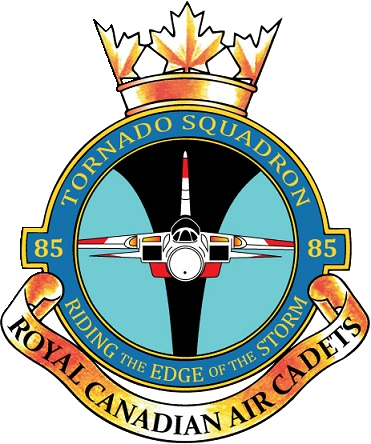
 Level 1: These are the subjects that Cadets will learn in Level 1.
Level 1: These are the subjects that Cadets will learn in Level 1. 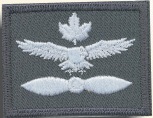
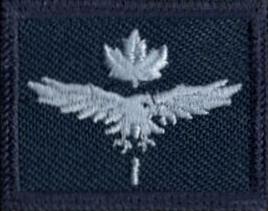
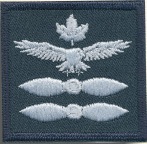
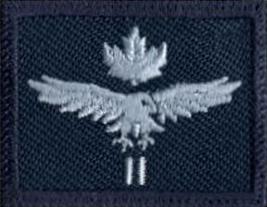
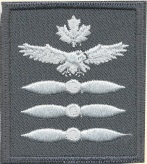
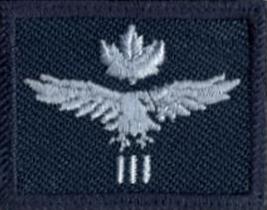
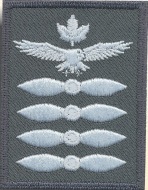
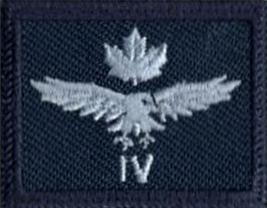
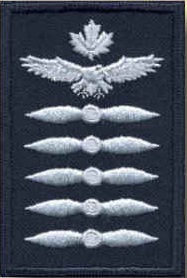
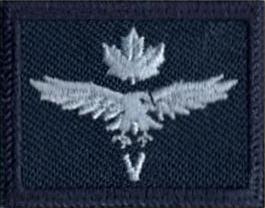
 There are many different versions of the beep test audio track. Here is one
There are many different versions of the beep test audio track. Here is one 



 SQUADRON STANDING ORDERS:
SQUADRON STANDING ORDERS:



